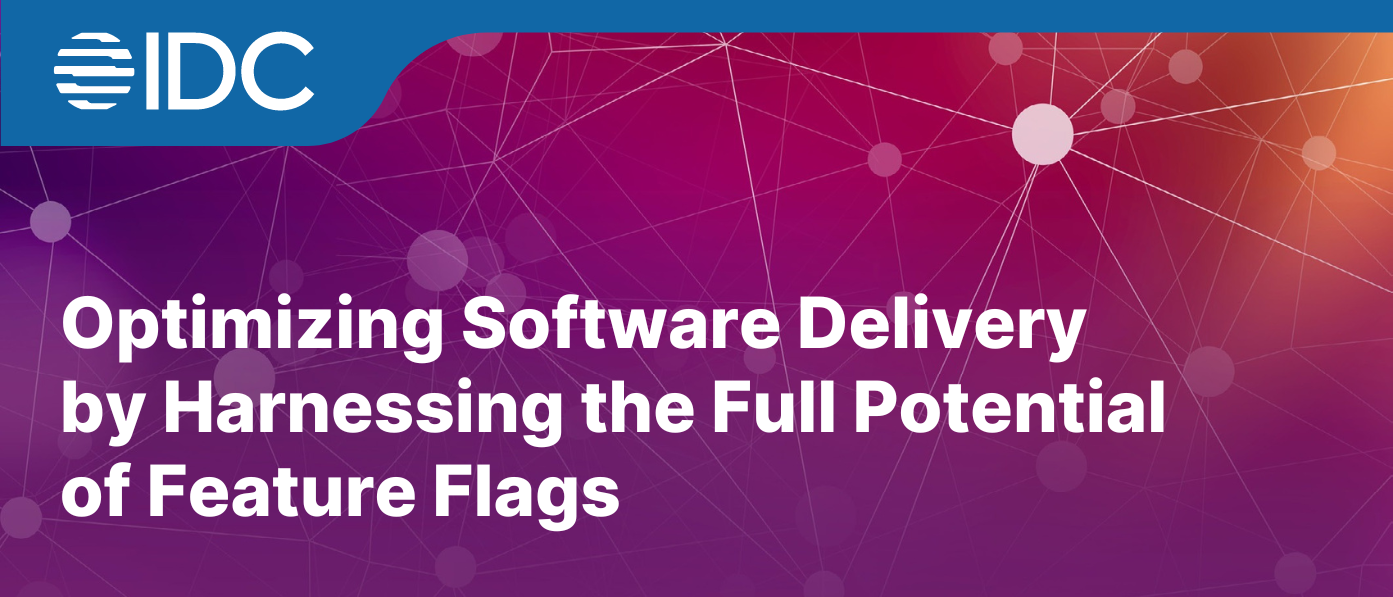Jenkins UI is designed to facilitate continuous integration and delivery. Here are the key components and features of the Jenkins UI:
- Dashboard
- Job Configuration
- Build History
- Build Executor Status
- Node Management
- Plugins
- User Management
- System Configuration
- Views
- Pipelines
- Credentials Management
- Notifications
Administering Jenkins :
- Backup
- Restore
- Monitor
How to Create a Backup and Restore?
Backups are of two types either Full or snapshots.$JENKINS_HOME consisting of two files config.xml and Jobs which need to be backup.
config.xml:
Contains the main Jenkins configuration.
Essential for restoring Jenkins settings and configurations.
Jobs Directory:
Contains individual job configurations and data.
Critical for restoring job definitions, building histories, and associated data.
Backups can be created with various methods either Filesystem snapshot, Plugins for Backups, and a shell script that backup your instances.(https://github.com/sue445/jenkins-backup-script)
Let us create a backup using Plugins :
Step 1: Log in to Jenkins and Go to Manage Jenkins.
Step 2: Go to Plugins and search for backup. Select the backup of your choice and install it.
Step 3: To use the backup, create a directory first. Login into Jenkins using ssh and create a directory or directly creat is /var/lib/jenkins folder.
Step 4: Go to manage Jenkins, look for a thin backup in the tools and actions column, and create it.
Let us now implement how to monitor Jenkins using Prometheus and Garfana
Step 1: Using Plugins let us install Prometheus metrics.
Step 2: Configure the Prometheus plugin.
Thankyou for reading…

